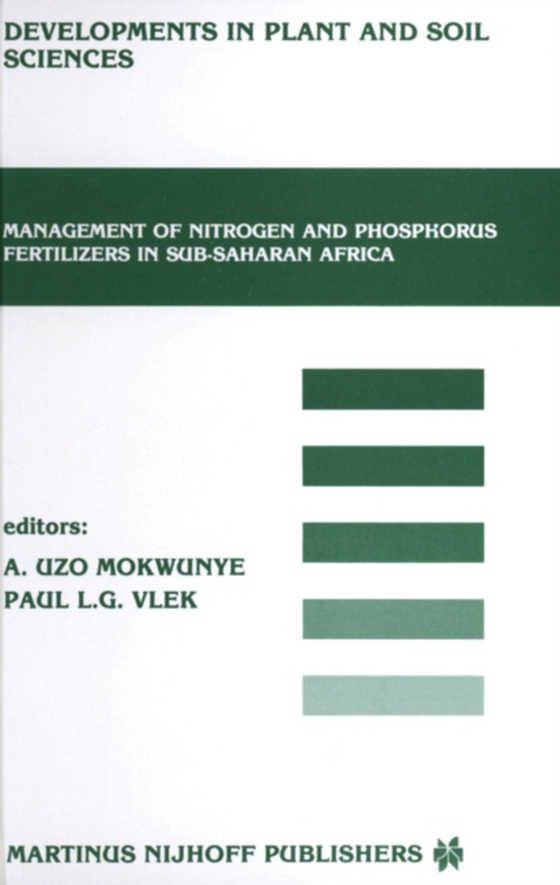
Management of Nitrogen and Phosphorus Fertilizers in Sub-Saharan Africa e-bog
1240,73 DKK
(inkl. moms 1550,91 DKK)
Food security, one of the basic human rights, seems to be ever eluding the people of sub-Saharan Africa. With each occurrence of crop failure, agriculturalists around the world reawaken to the challenge of ensuring sta- ble, adequate food production in the tropical African environments. The International Fertilizer Development Center (IFDC), with its mandate of alleviating food shortages throug...
E-bog
1240,73 DKK
Forlag
Springer
Udgivet
6 december 2012
Genrer
Agribusiness and primary industries
Sprog
English
Format
pdf
Beskyttelse
LCP
ISBN
9789400943988
Food security, one of the basic human rights, seems to be ever eluding the people of sub-Saharan Africa. With each occurrence of crop failure, agriculturalists around the world reawaken to the challenge of ensuring sta- ble, adequate food production in the tropical African environments. The International Fertilizer Development Center (IFDC), with its mandate of alleviating food shortages through judicial use of fertilizers, formulated a program to study fertilizer use strategies for sub-Saharan Africa. With gener- ous financial assistance from the International Fund for Agricultural Devel- opment (IFAD), IFDC, in collaboration with the International Crop Re- search Institute for the Semi-Arid Tropics (ICRISAT) and the International Institute for Tropical Agriculture (IIT A), initiated a research project aimed at assessing means to remedy soil nutrient deficiencies that constrain food production in the humid, subhumid, and semiarid tropics of Africa. The results of this project were summarized during a workshop held in Togo, March 25-28, 1985; the proceedings of that meetings are found in this vol- ume. The project established collaboration with numerous national programs that were responsible for much of the data collection. The data presented in Chapters 6 and 9 include much of this information. We wish to acknowledge the contribution of the individual scientists, J.T. Ambe, F. Ganry, M. Gaoh, M. Issaka, J. Kiazolu, J. Kikafunde-Twine, K. Kpomblekou, F. Lompo, H.
 Dansk
Dansk

